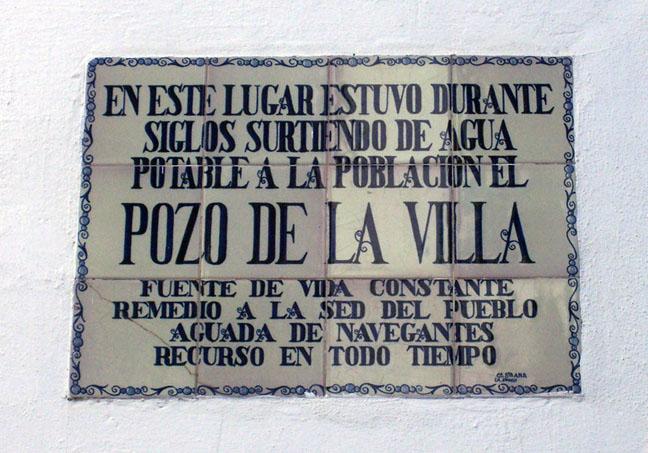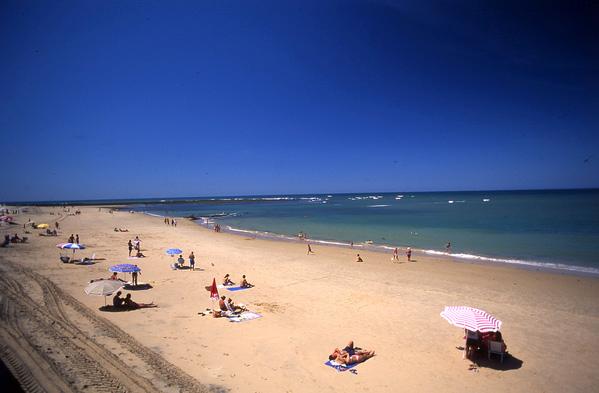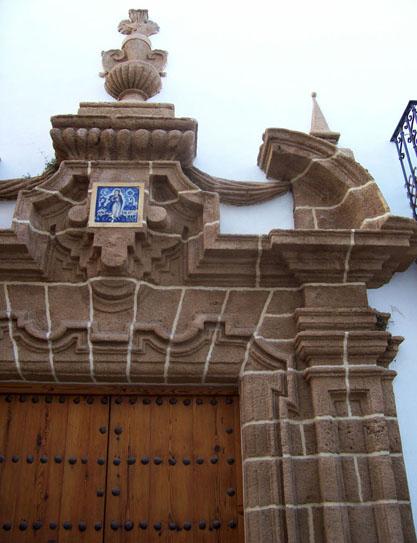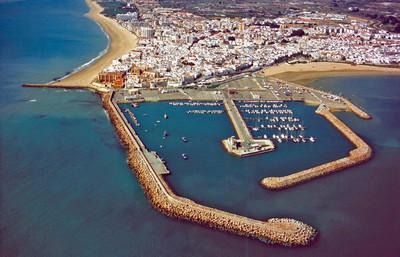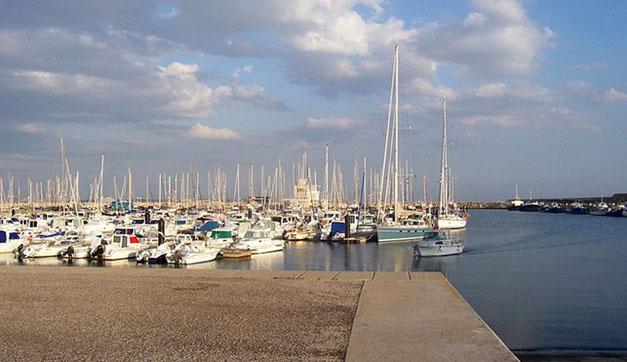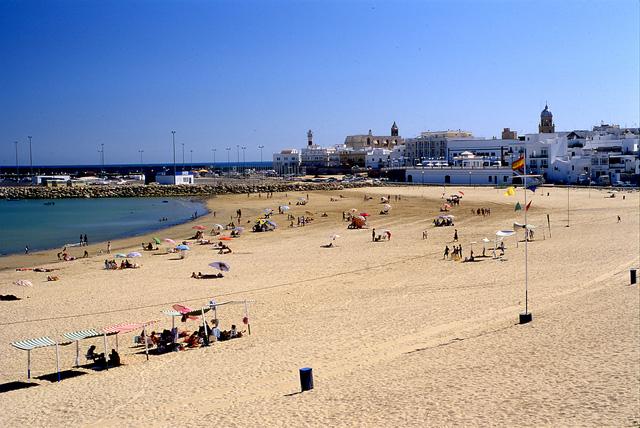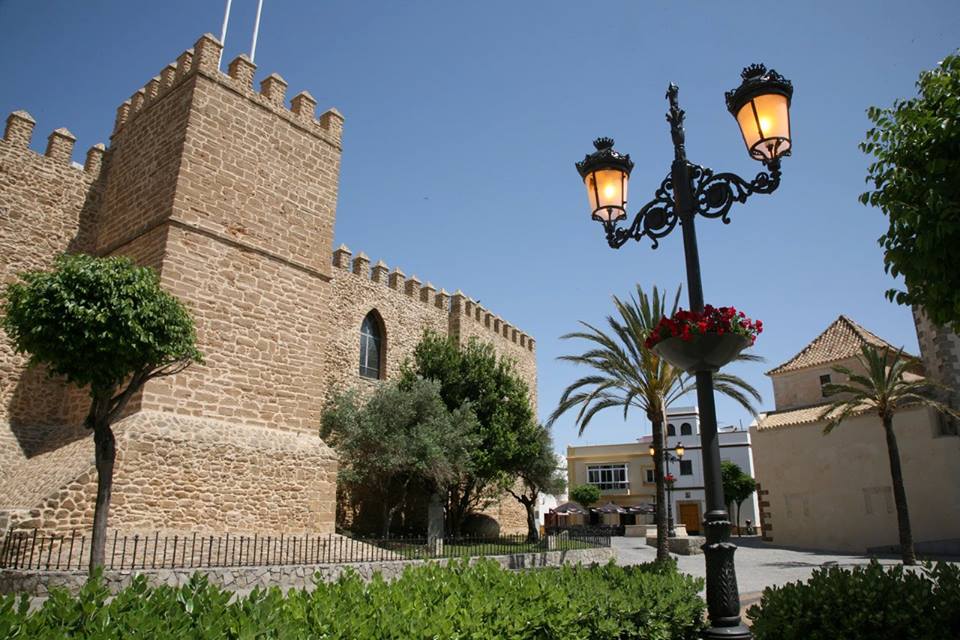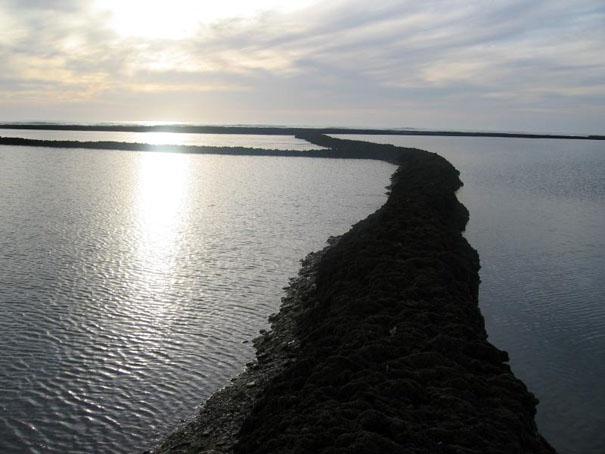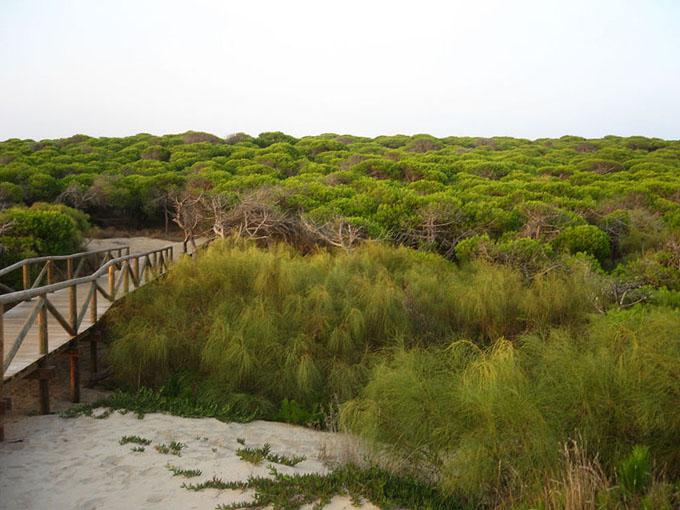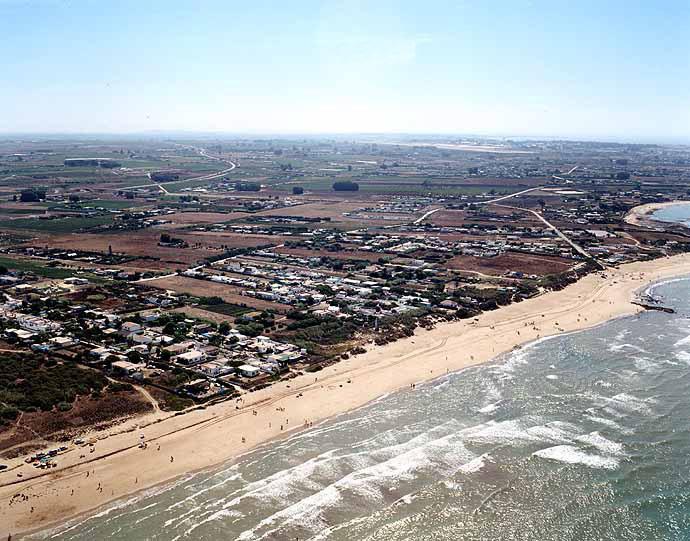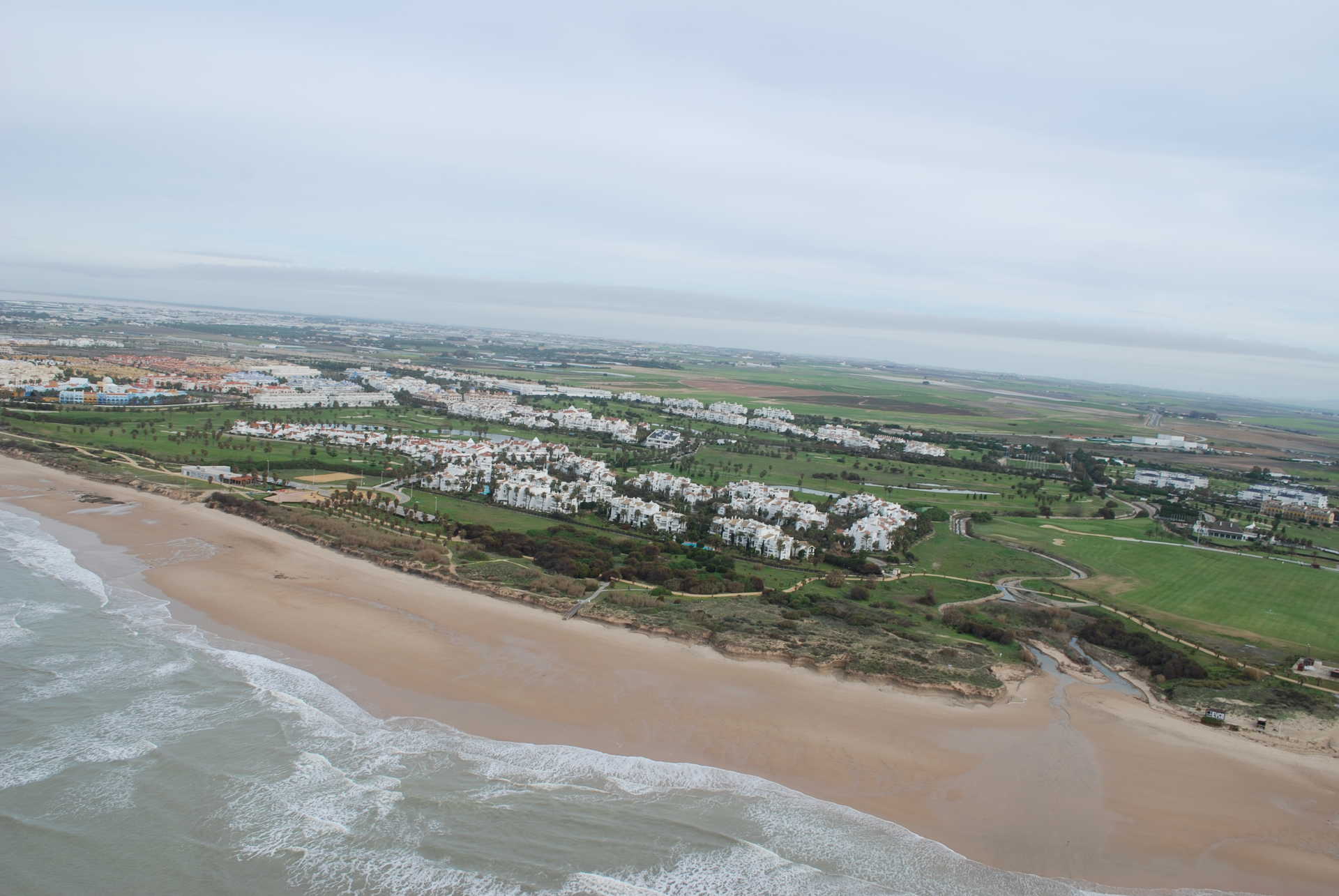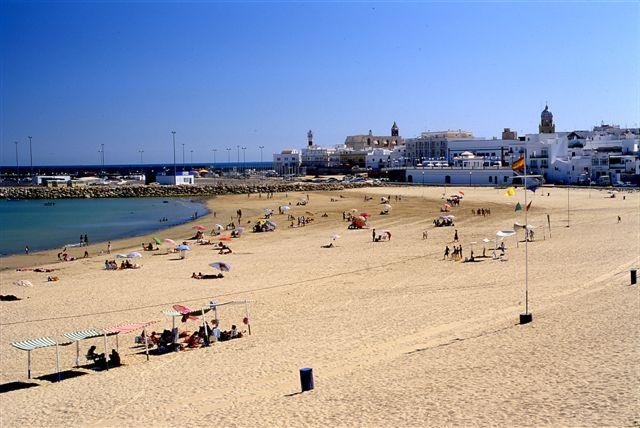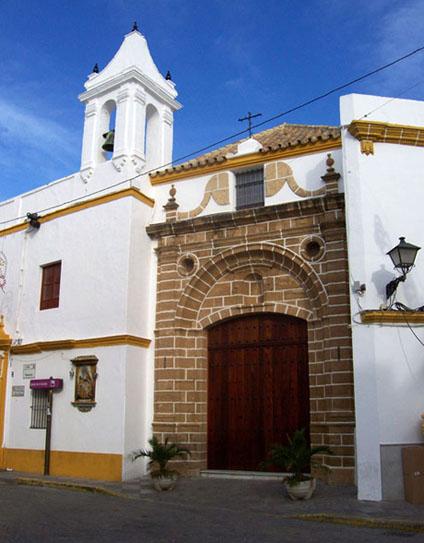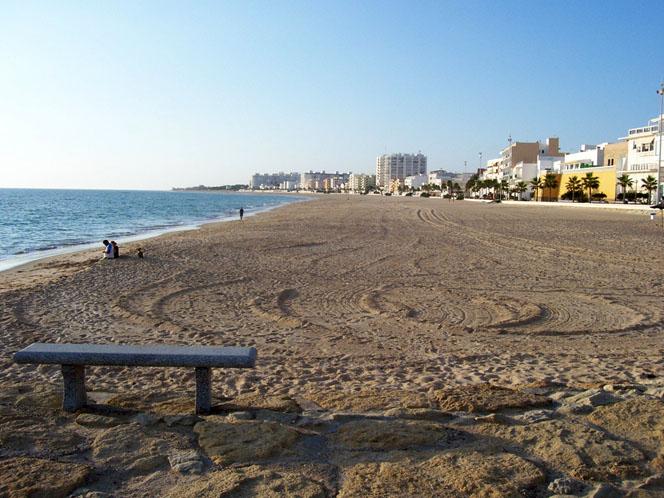Rota
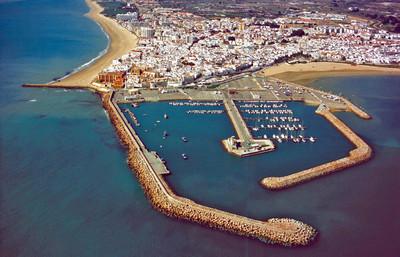
Located to the north of Cadiz Bay, the village is a mixture of flat land and coast, where the highlights are its long beaches and dune formations, not forgetting the fishing enclosures, specially prepared for a traditional method of fishing which is typical of this area.
Though probably of Phoenician origin, Rota did not acquire village status until the time of the Moslem occupation and subsequent Christian reconquest. Places of interest here are Luna Castle, Nuestra Señora de la O Church and San Juan Bautista Chapel.
History
Rota's origins appear to be Tartessian, later becoming the Phoenician town of "Astaroth', meaning border fort. During the Roman occupation there must have been a pottery here to produce the amphoras (narrow-necked jars) which were used to transport salted meat and fish from Cadiz.
In Moslem times, a ribat or monastery called Robota Ruta was built, around which the town began to grow.
Conquered by the Christians in 1264, it was ceded (1295) by Sancho IV to Alonso Perez de Guzman, nicknamed "the Good', the mayor of Tarifa, in recognition of his military feats. It soon came under the control of the House of Arcos. This dependence continued until the first half of the 19th century, when the aristocratic régime was dissolved in Spain.
In 1702 it was pillaged by Anglo-Dutch forces who destroyed many of the town's monuments. It suffered the same fate in 1811, this time at the hands of French troops.
Since 1953, the town has played host to an airbase, used jointly by the United States and Spain.

- Max 24
- Min 20
- Max 75
- Min 68
- °C
- °F

